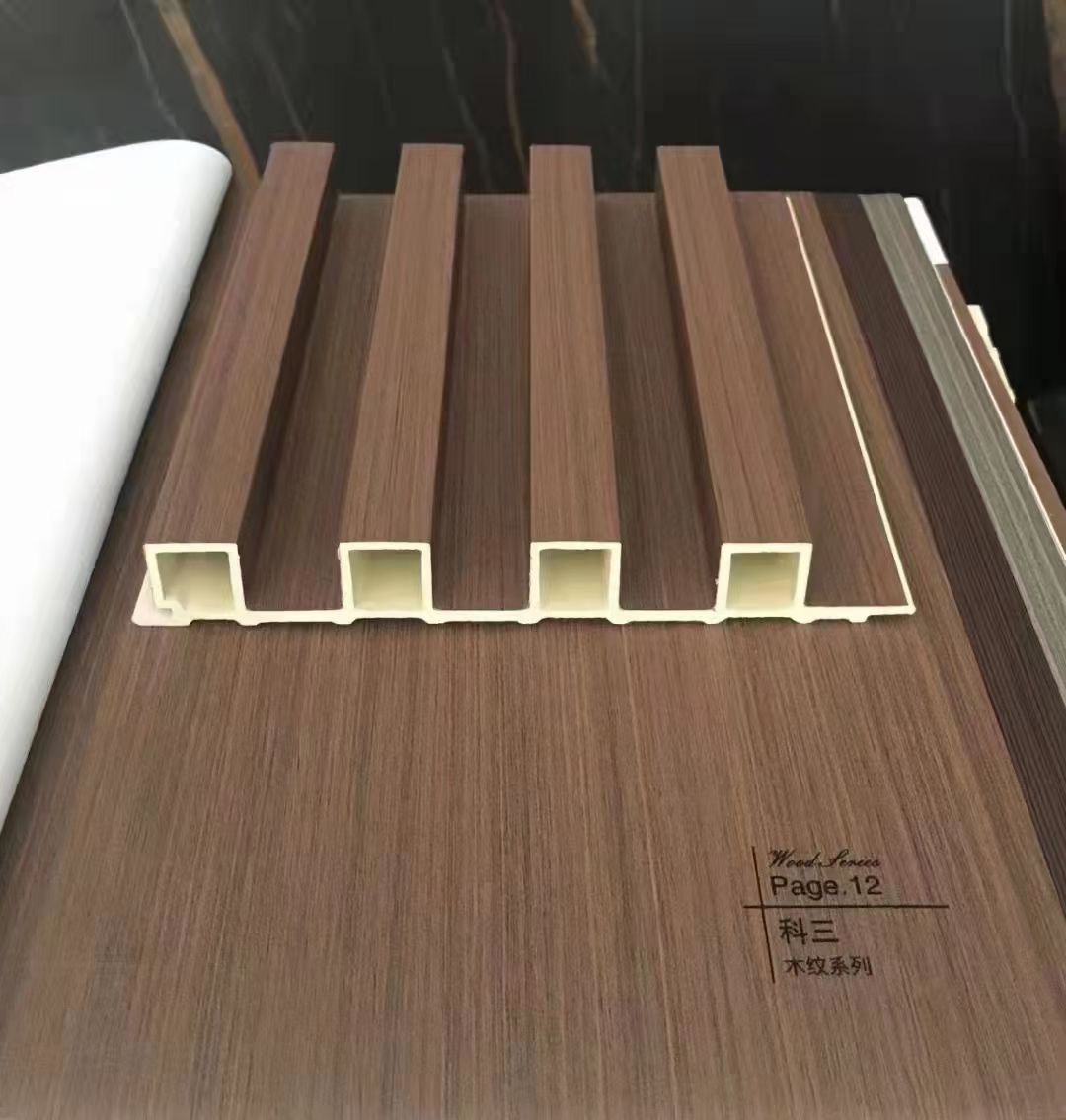How to install WPC Cladding
November 5, 2022
WPC Materials: Eco-Friendly and Stylish Solutions for Home Background Walls
November 9, 2022
Composite Decking Canada: The Ultimate Solution for Modern Outdoor Living
Market Evolution of Composite Materials in Canadian Construction
The Canadian composite decking market has experienced remarkable growth, achieving a 17.3% CAGR from 2018-2023 according to StatCan analysis. This engineered material solution combines wood fibers with polymer matrices, creating products that withstand Canada’s extreme climate variations from -40°C winters to humid summers. Major urban centers like Toronto and Vancouver now see 42% of new residential projects specifying composite materials for exterior applications.
Technical Advantages Driving Market Adoption
- Advanced Co-Extrusion Technology: Dual-layer surface protection resists UV degradation
- Moisture Resistance: 0.3% water absorption rate vs. 12-18% in natural wood
- Thermal Stability: Maintains dimensional integrity across 80°C temperature differentials
Performance Advantages of Canadian Composite Decking
Climate Adaptation Engineering
Leading manufacturers like Plastory utilize specialized polymer blends that prevent:
- Surface checking from freeze-thaw cycles
- Thermal expansion/contraction issues
- Moisture-related warping
Maintenance Cost Analysis
| Material | 5-Year Maintenance Cost | Lifespan |
|---|---|---|
| Pressure-Treated Wood | $1,200-$1,800 | 10-15 years |
| Composite Decking | $150-$300 | 25+ years |
Black Composite Decking: Design Innovation Meets Functionality
The surge in black composite decking popularity (38% of 2022 sales) reflects Canadian homeowners’ preference for:
- Contemporary architectural aesthetics
- Heat-reflective surface treatments
- UV-stable color retention systems
Premium options like Plastory’s Shadowline Collection feature micro-textured surfaces achieving 0.65 slip resistance ratings, exceeding CSA safety standards.
Selection Criteria for Canadian Climate Zones
Material Specifications by Region
- Prairie Provinces: High-density cores (≥1.25 g/cm³) for thermal shock resistance
- Coastal Regions: Saltwater-resistant polymer formulations
- Northern Territories: Cold-crack resistant composite blends
Quality Assurance Protocols
Demand third-party verification of:
- ASTM D7032 compliance
- FSC® Chain of Custody certification
- ICC-ES ESR reports
Installation Best Practices
Structural Requirements
- 16″ joist spacing for standard profiles
- 3/16″ thermal expansion gaps
- Stainless steel fastening systems
Maintenance Protocol
- Bi-annual cleaning with pH-neutral cleaners
- Annual inspection of substructure
- 5-year professional condition assessment
Sustainable Manufacturing Practices
Canadian composite decking leaders achieve:
- 93% recycled material utilization
- Closed-loop water reclamation systems
- Zero-VOC production processes
Discover eco-conscious options through Plastory’s GreenSelect® program, featuring carbon-neutral manufacturing initiatives.
Industry Outlook and Consumer Trends
The Canadian Construction Association projects composite materials will capture 61% of the decking market by 2026. This growth is driven by:
- Enhanced fire-retardant formulations (Class A fire ratings)
- Integrated lighting solutions
- Modular installation systems
Request Professional Consultation
Connect with our material specialists at Plastory for:
- Customized project specifications
- Climate-specific product recommendations
- Commercial-grade solutions

